use of geotextiles against soil erosion
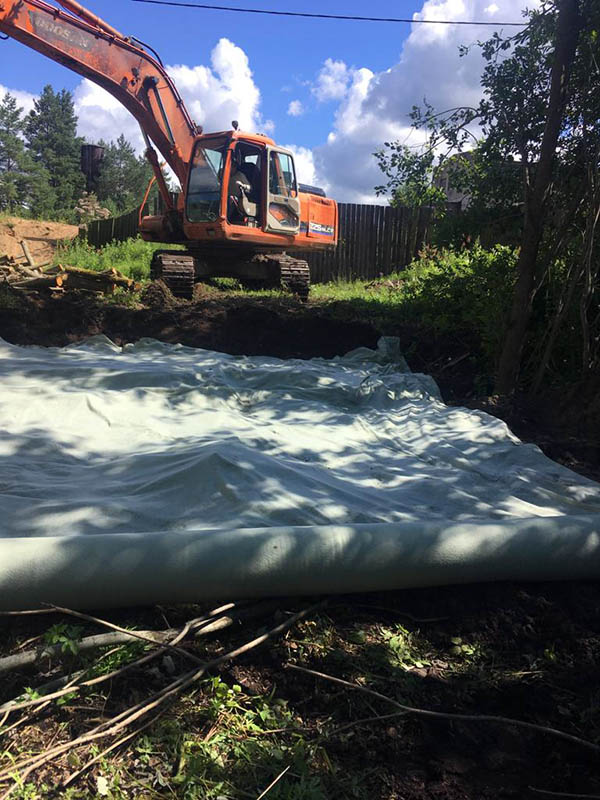
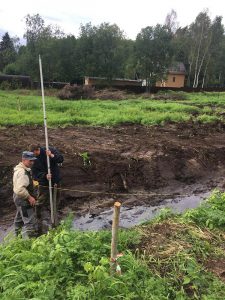
The main problem of reclamation of agricultural lands is their non-involvement in agricultural production and overgrowth of woody and shrub vegetation, which leads to a systematic reduction in the area of agricultural land. In order to preserve Russia’s resource potential, it is necessary to eliminate this violation and return the land to turnover.
However, as long as the owner has not transferred, sold or abandoned his land, he is obliged to carry out measures to preserve agricultural land in a productive state.
Call us to order design and execution of works on cultural and technical melioration!
More info about draft and make cultural and technical land reclamation

use of geotextiles against soil erosion
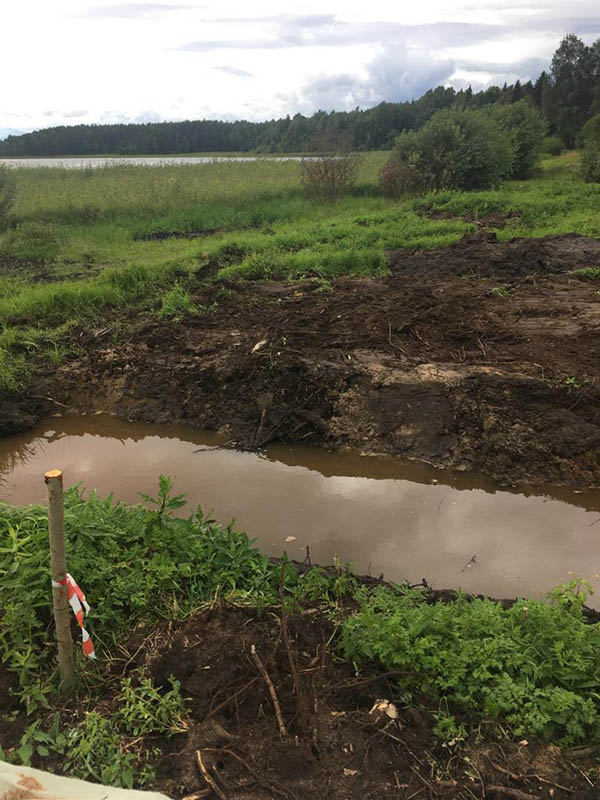
the drainage ditch is full of water
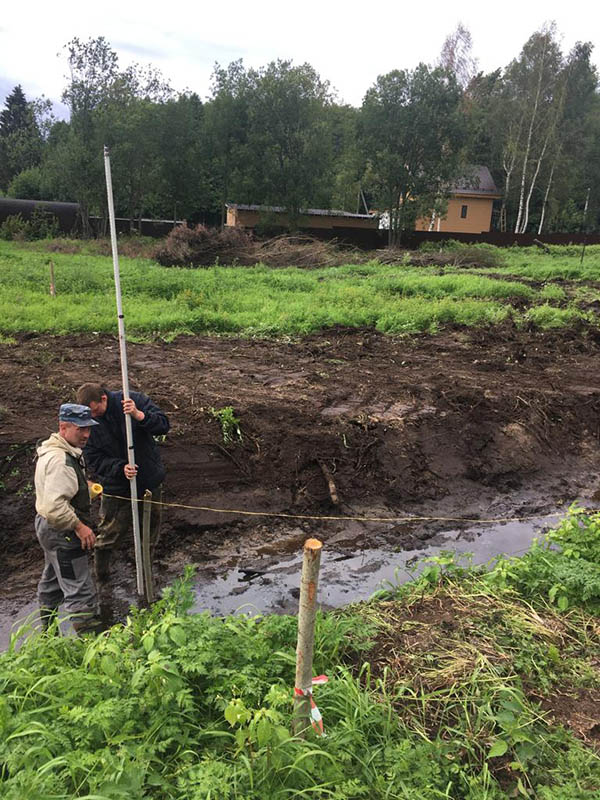
Measuring the height of the site before work
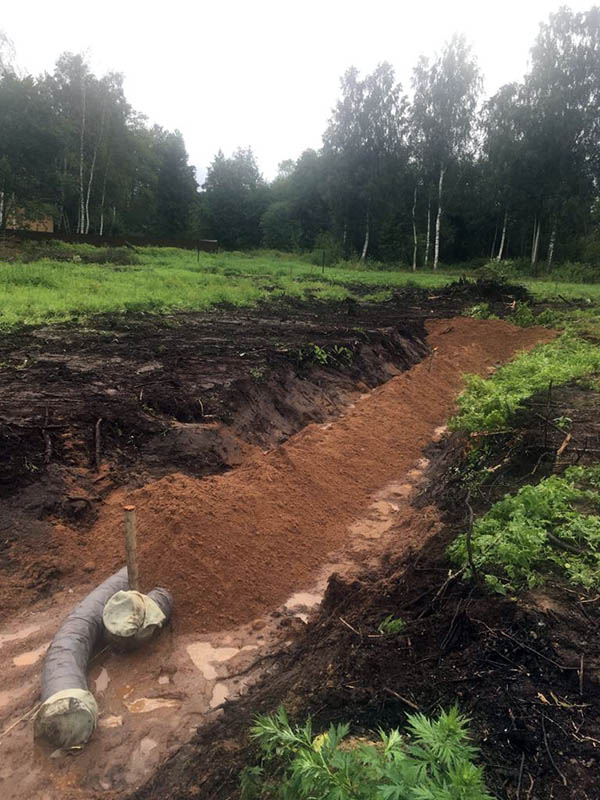
drainage pipes in a ditch for sand filling

earthworks for drainage installation on the site
Clearing of agricultural lands from woody and shrubby vegetation for their further use in agriculture is one of the types of land reclamation.
According to the Federal Law of the Russian Federation dated January 10, 1996 № 4-FZ “On land reclamation”, depending on the nature of the activities carried out, several types of land reclamation are distinguished:
– hydromelioration;
– agroforestry melioration;
– cultural and technical amelioration;
– chemical melioration.
Cultural and technical amelioration is a complex of measures aimed at clearing lands from woody and herbaceous vegetation, bumps, stumps, moss, stones and other vegetative and inorganic objects hindering agricultural production. Measures also include loosening, sanding, claying, plantation, primary tillage and other works improving soil quality.
For effective utilization of lands requiring cultural and technical improvement, preliminary studies are carried out. On their basis, cultural and technical maps are prepared, containing information on the degree of forest cover and overgrowth, plant species composition, height and diameter of trees, number of shrubs, age of stumps (fresh or rotted), the degree of boulder infestation with their sizes, the quality of soil cover, the presence and removal of trees and shrubs, and the quality of the soil cover.
On the basis of these maps develop projects of works, determine the technology of their implementation and calculate the estimated cost.
Cultural and technical works are carried out throughout the year. First, the land is cleared of woody vegetation, then shrubs and stumps are removed using specialized uprooters-loaders mounted on caterpillar tractors.
It is especially important to take into account that uprooting of tree and shrub vegetation and its raking into windrows should preferably be carried out in winter, as mechanical erosion of frozen soil is minimal during this period. In spring and summer, the collected windrows are burned, large boulder stones are extracted and removed, reclaimed lands are plowed, small and medium-sized stones are removed, and final site layout is carried out.